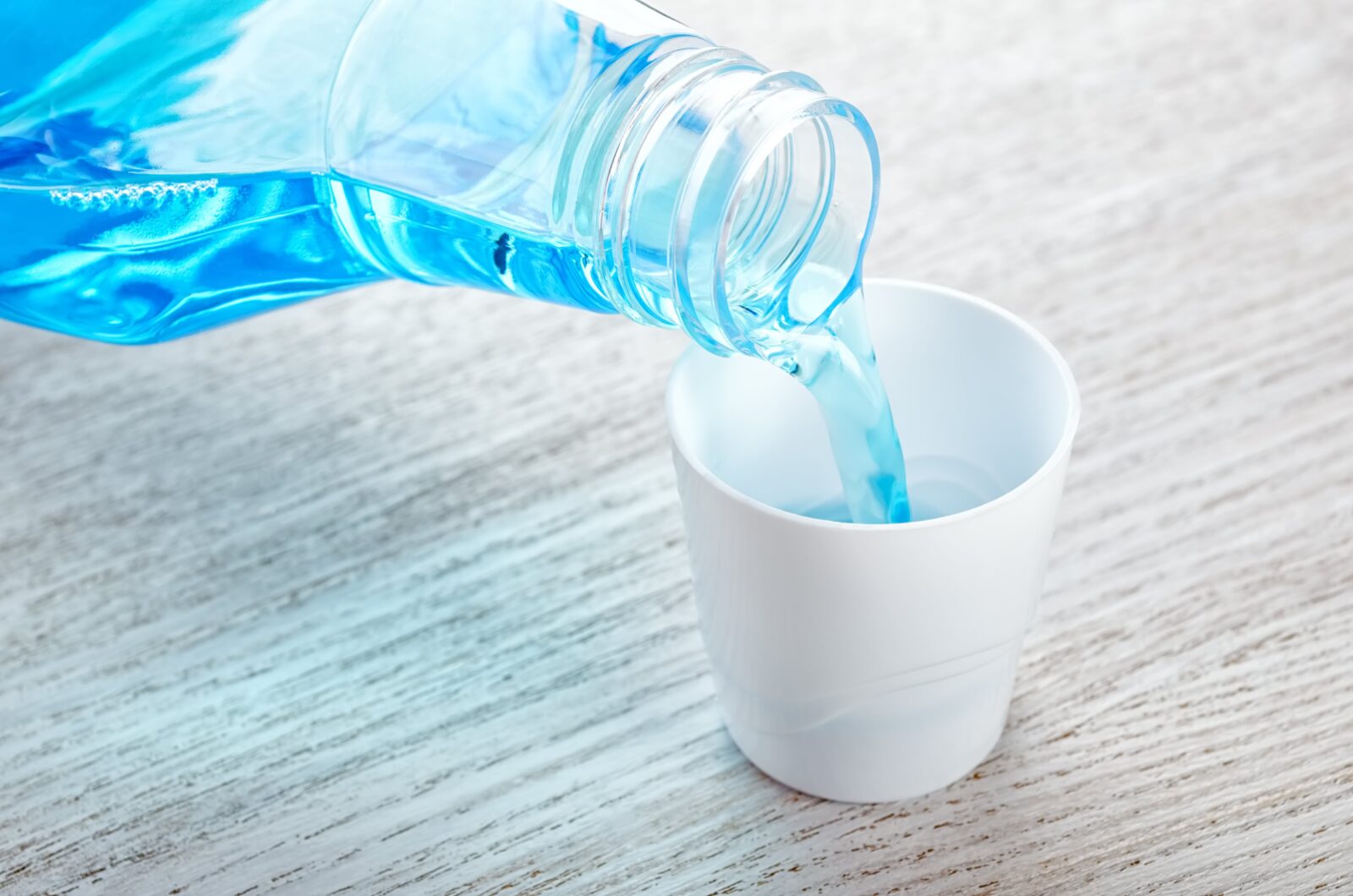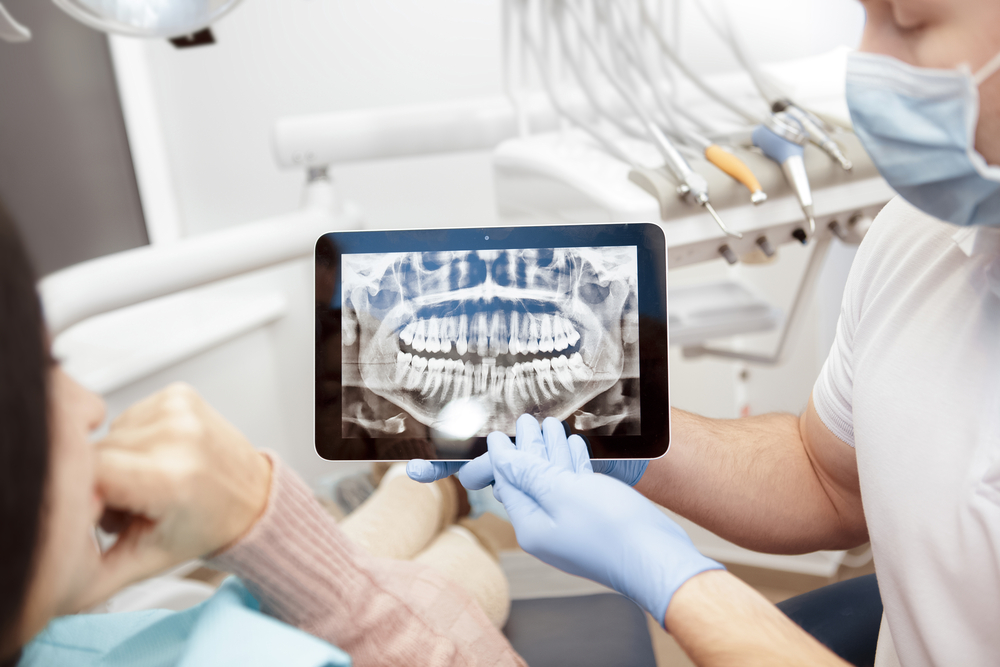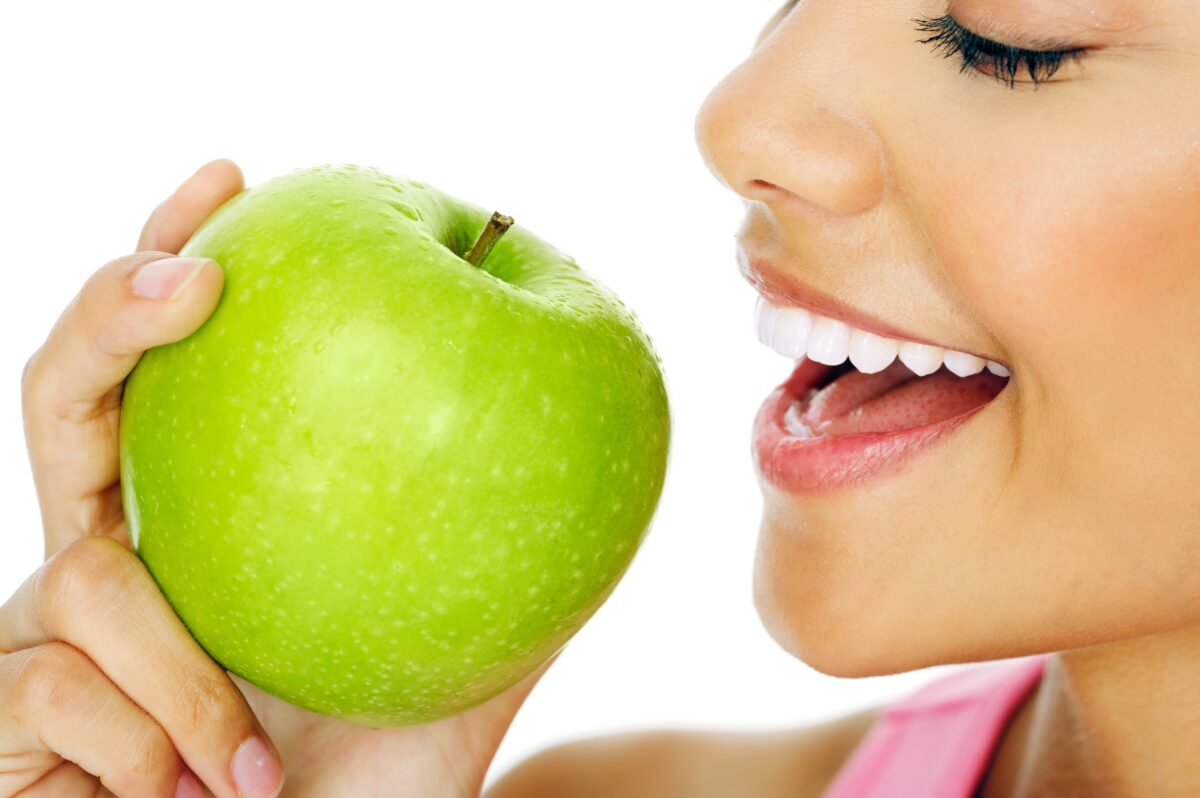Welcome to our dental blog, where today we’re diving into the world of mouthwash—a key player in the arena of oral health. While often overshadowed by the staple practices of brushing and flossing, mouthwash holds its own with unique benefits and specific uses. In this post, we’ll explore the various types of mouthwash, their roles in maintaining dental health, and the optimal times and methods for their use. Whether you’re a dental aficionado or just looking to enhance your oral hygiene routine, understanding the ins and outs of mouthwash can lead to a healthier mouth and a brighter smile. Join us as we unravel the myths, highlight the benefits, and guide you through the effective use of mouthwash in your daily dental care.
In This Blog:
- Understanding the Different Types of Mouthwash
- Why You Should Use Mouthwash
- When to Use Mouthwash
- How to Use Mouthwash
Understanding the Different Types of Mouthwash
Mouthwash is an integral part of oral hygiene but choosing the right one depends on your specific dental needs. Here’s a breakdown of the different types of mouthwash, their key ingredients, and tips for selecting the most suitable one for you.
1. Cosmetic Mouthwash
- Ingredients: Typically contains flavoring agents that mask bad breath, along with mild antiseptics.
- Best for: Temporary freshening of breath and providing a clean feeling in the mouth.
- Selection Tip: Choose this if your primary goal is to combat bad breath temporarily. However, be aware that it doesn’t significantly impact dental health beyond freshening your breath.
2. Therapeutic Mouthwash

- Ingredients: May include fluoride for cavity prevention, chlorhexidine, and cetylpyridinium chloride for reducing plaque and gingivitis, or essential oils for antimicrobial action.
- Best for: Addressing oral health issues such as plaque buildup, gum disease, and tooth decay.
- Selection Tip: Opt for a therapeutic mouthwash if you have specific oral health concerns like gingivitis or are prone to cavities. Consult with a dentist to find the best product for your needs.
3. Natural/Organic Mouthwash
- Ingredients: Features natural components like herbs, essential oils (e.g., tea tree oil, peppermint), and other non-synthetic ingredients.
- Best for: Those looking for a more natural approach to oral care and who prefer products without artificial chemicals.
- Selection Tip: Ideal for users with sensitivities to strong chemicals or who prefer environmentally friendly products. Ensure the natural ingredients are effective for your oral health goals.
4. Alcohol-Free Mouthwash
- Ingredients: Excludes alcohol to avoid the burning sensation and dryness it can cause, often containing xylitol, fluoride, or essential oils for therapeutic benefits.
- Best for: Individuals who experience discomfort or dryness from alcohol-based mouthwashes, including those with sensitive mouths or conditions like xerostomia (dry mouth).
- Selection Tip: If you have a sensitive mouth or want to avoid the drying effects of alcohol, look for alcohol-free options that still meet your oral health needs.
5. Whitening Mouthwash
- Ingredients: Contains bleaching agents like hydrogen peroxide to help reduce dental stains and whiten teeth over time.
- Best for: Those looking to enhance the cosmetic appearance of their teeth alongside oral hygiene.
- Selection Tip: If teeth whitening is a priority, a whitening mouthwash can be a supplementary choice. However, ensure it also meets your other oral health requirements.
How to Choose the Right Mouthwash
When selecting a mouthwash, consider your specific dental health goals, any particular oral health issues you face, and personal preferences, such as taste and sensitivity to ingredients. Consulting with a dental professional can provide personalized recommendations and help you make an informed choice that complements your overall oral hygiene routine effectively.
Why You Should Use Mouthwash
Incorporating mouthwash into your daily oral hygiene routine offers several benefits that can significantly enhance your oral health beyond just brushing and flossing. Here’s why you should consider using mouthwash:
Comprehensive Cleaning:
Mouthwash can reach parts of the mouth that a toothbrush or floss might miss, such as the back of the mouth, between teeth, and along the gum line, providing a more comprehensive clean.
Plaque Reduction:

Regular use of mouthwash helps in reducing the formation of plaque, a sticky film of bacteria that can harden into tartar and lead to gum disease and tooth decay.
Prevention of Gum Disease:
Antiseptic and anti-inflammatory ingredients in therapeutic mouthwashes can help prevent gingivitis, the early stage of gum disease, by reducing the accumulation of bacteria along the gum line.
Cavity Prevention:
Mouthwashes containing fluoride strengthen tooth enamel, the outer protective layer of the teeth, helping to prevent cavities from forming.
Fresh Breath:
Mouthwash is effective in eliminating bad breath, also known as halitosis, by reducing bacteria in the mouth and neutralizing compounds that cause unpleasant odors.
Oral Health Maintenance:
For those with braces, dental implants, or other dental appliances, mouthwash can help maintain oral health by facilitating cleaning in hard-to-reach areas.
Healing Properties:
Certain mouthwashes have healing properties that can be beneficial after dental procedures, helping to soothe oral tissues and prevent infection.
Whitening Effects:
Some mouthwashes offer cosmetic benefits, such as teeth whitening, by helping to remove surface stains and prevent discoloration.
In summary, using mouthwash is a simple yet effective way to augment your oral hygiene regimen, offering protection against dental issues and enhancing the cleanliness and freshness of your mouth. To maximize these benefits, it’s important to select a mouthwash that suits your specific oral health needs and to use it as part of a consistent daily routine.
When to Use Mouthwash
Integrating mouthwash into your oral hygiene routine effectively requires understanding the best times to use it for maximum benefit. Here’s a guide on when to incorporate mouthwash into your daily dental care:
After Brushing and Flossing:
The most effective time to use mouthwash is after you have thoroughly brushed and flossed your teeth. This ensures that the mouthwash can reach and clean any residual areas, enhancing the overall cleanliness of your mouth.
In the Morning:
Using mouthwash after your morning oral care routine can help eliminate morning breath and start your day with a fresh, clean feeling in your mouth.
Before Bedtime:
Applying mouthwash at night after brushing and flossing can help reduce the growth of bacteria and the formation of plaque and tartar while you sleep. It provides an extra layer of protection against cavities and gum disease.
After Meals:
If you can’t brush immediately after eating, rinsing with mouthwash can help remove food particles and reduce the buildup of plaque, keeping your mouth fresh and clean.
Before and After Dental Procedures:
Some dentists recommend using an antiseptic mouthwash before and after dental procedures to help reduce bacterial counts and promote healing.
During Illness:
If you’re suffering from a cold, throat infection, or other oral health issues, using mouthwash can help keep your mouth clean and reduce the risk of secondary infections.
Timing Considerations
- Do not use it immediately after brushing: Wait a while after brushing with fluoride toothpaste before using mouthwash, especially if the mouthwash is non-fluoridated, to avoid washing away the concentrated fluoride in the toothpaste.
- Follow the instructions: Always adhere to the product’s specific guidelines regarding frequency and duration of use to avoid potential side effects, such as oral tissue irritation or staining from certain ingredients.
How to Use Mouthwash
Using mouthwash correctly is essential for reaping its full benefits in oral hygiene. Here’s a step-by-step guide on how to effectively use mouthwash:
Brush and Floss First:
Start by thoroughly brushing your teeth with fluoride toothpaste and flossing to remove plaque and food particles. This prepares your mouth for the mouthwash, allowing it to work more effectively.
Read the Label:
Before using the mouthwash, carefully read the product label for specific instructions, as the recommended usage can vary between different types of mouthwash.

Measure the Right Amount:
Use the cap of the mouthwash bottle to measure the correct amount, usually around 20 milliliters or about 4 teaspoons. Some products may come with a measuring cup for accuracy.
Swish Gently but Thoroughly:
Pour the mouthwash into your mouth, and swish it around gently yet thoroughly. Ensure it makes contact with all parts of your mouth, including teeth, gums, the roof of your mouth, and under the tongue. Avoid swallowing the mouthwash.
Rinse for the Right Time:
Continue swishing the mouthwash for the recommended time, usually between 30 seconds to one minute, to allow the active ingredients sufficient contact time with your oral tissues.
Gargle if Needed:
To clean the back of your mouth and throat, tilt your head back slightly and gargle for a few seconds.
Spit It Out:
After swishing and gargling, spit the mouthwash out into the sink. Do not swallow it, as mouthwash ingredients are not intended for ingestion.
Avoid Rinsing:
After using mouthwash, avoid rinsing your mouth with water or consuming any food or drink for about 30 minutes. This allows the active ingredients in the mouthwash to remain in contact with the teeth and gums, enhancing their effect.
Conclusion
Mouthwash is a valuable addition to your oral care routine, offering benefits that extend beyond mere breath freshening. By choosing the right type and using it properly, you can enhance your dental health, prevent disease, and enjoy a fresher, cleaner mouth. Remember, while mouthwash is an effective tool in oral hygiene, it should complement, not replace, regular brushing and flossing. Always consult with your dental professional to select the mouthwash that best suits your individual needs and to ensure your overall oral care routine is as effective as possible.







